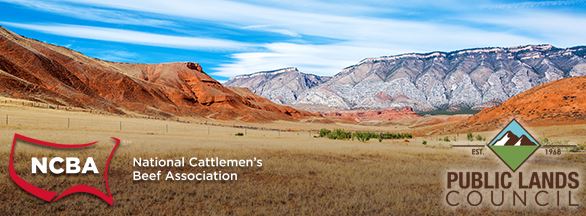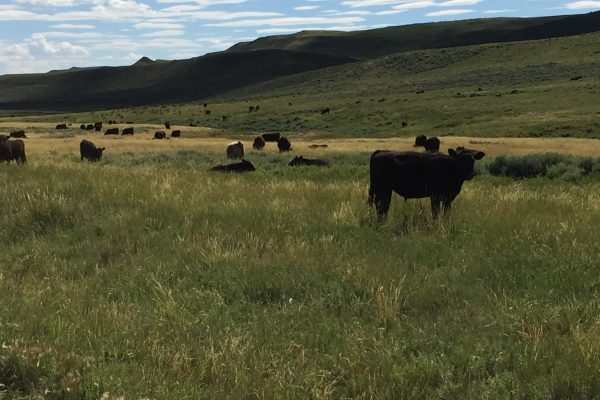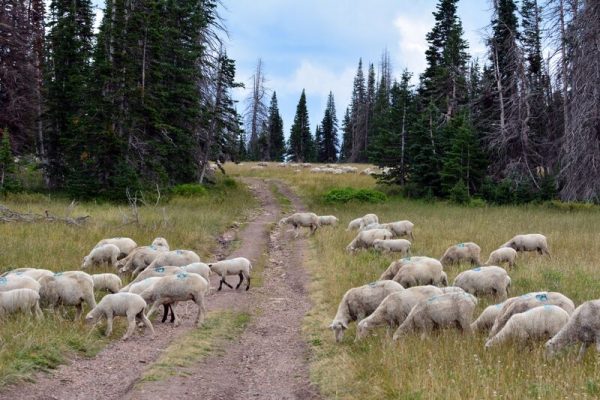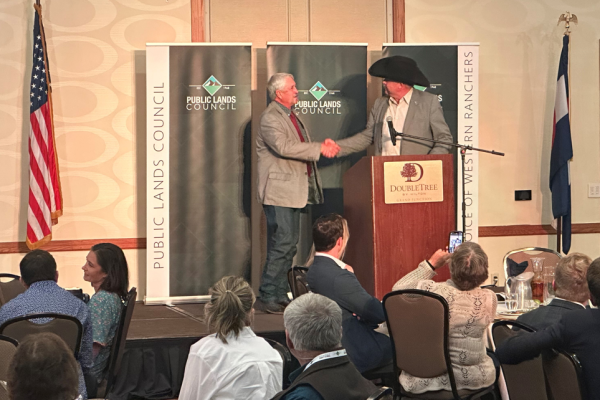WASHINGTON (Mar. 15, 2024) – Today, the National Cattlemen’s Beef Association (NCBA) and Public Lands Council (PLC) responded to the Bureau of Land Management’s (BLM) release of the updated greater sage ground management plans. These plans will shape public land use across 10 different states and tens of millions of Western acres. After completing revisions to the plans in 2015 and again in 2019, the agency is currently amending 77 separate land use plans across the West, and could potentially designate millions of acres as new Areas of Critical Environmental Concern (ACECs). Despite this incredibly expansive scope, the BLM provided only 90 days to comment on the draft Environmental Impact Statement (EIS) and only 60 days to comment on proposed ACECs.
“This proposal has been years in the making. It will have far-reaching implications for how states conserve sage grouse habitat and how Western ranchers are able to operate going forward,” said NCBA President and Wyoming rancher Mark Eisele. “The BLM must extend the comment period and give local stakeholders more time to engage in this process—and that process must be driven, first and foremost, by sound science.”
“Years of research, including a very recent and comprehensive 10-year study, support the fact that managed livestock grazing is compatible and can actually benefit the bird,” said PLC President and Colorado federal grazing permittee Mark Roeber. “The agency must look at the science, and leverage livestock grazing as a tool for strengthening the sagebrush steppe, preventing wildfire, and conserving this iconic species.”
NCBA and PLC are requesting that the agency significantly extend the comment period deadlines while ranchers and other local stakeholders evaluate these lengthy proposals.
Background
Sage grouse habitat has been declining across the West due to a variety of factors including catastrophic wildfires, urban development, and the spread of invasive grasses. As a result, more than half of the remaining prime sage grouse habitat exists of BLM acres. The pressures on sage grouse habitat vary from state to state, from ecosystem to ecosystem, and sometimes from county to county. One-size-fits-all conservation strategies are ineffective for this species. Habitat management must be tailored to local needs in order to achieve the best results for the bird. The expertise of local stakeholders, like federal grazing permittees, will be crucial for conserving the species.
One of the most comprehensive sage grouse studies to date was recently completed by the University of Idaho, and it confirmed that grazing benefits sage grouse populations by
- Increasing the biomass and diversity of insect species for food.
- Reducing the risk of wildfire that can kill sage grouse and destroy habitat.
- Reducing the volume of cheatgrass and other invasive grasses that degrade the sagebrush biome.





